How to Start a Vegetable Garden from Scratch
Growing vegetables in your own garden or yard is one of the most rewarding things I can think of. After all, you get to grow your own food and pick something fresh when you need it for dinner. Starting a vegetable garden not only saves you money, but it’s also a fun experience.
Anyone can start their own vegetable garden at home, and you don’t need a lot of space to do it. Even if you only have a small patio or balcony, you can get started with it! I’ll help you understand everything you need to know to grow your first vegetables, whether you’re planting in a garden or a few pots on your porch.
This post may contain affiliate links, which helps keep this content free. Please read our disclosure for more info.
Choose the Right Location
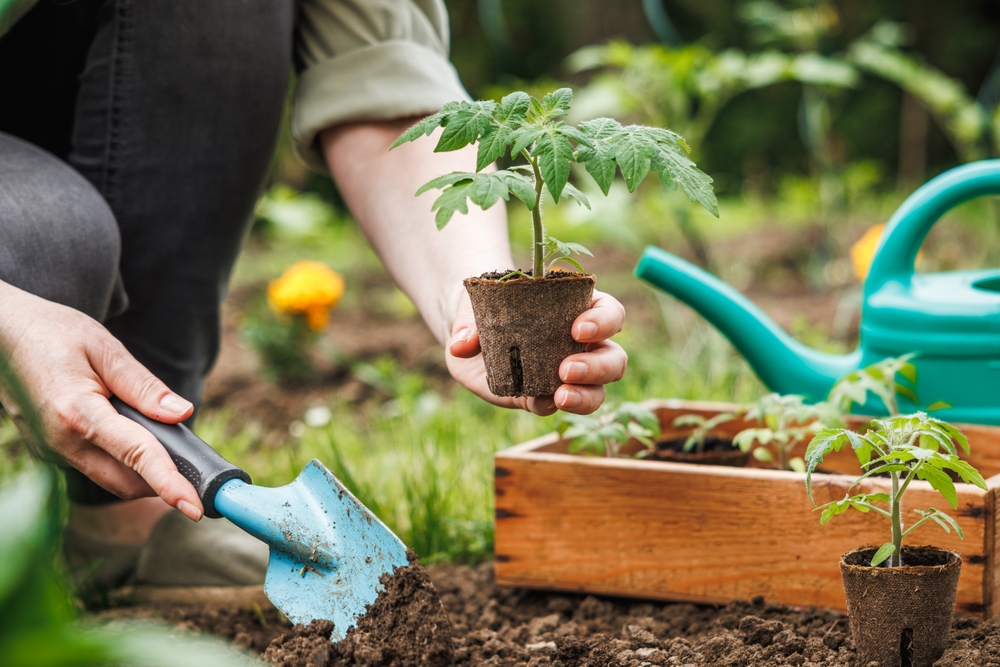
It’s no surprise that vegetables love sunlight. Most plants need at least 6 to 8 hours of sunlight every day to grow healthy, so do your best to pick a spot that gets exposed to the sun.
Aside from sunlight, having good drainage and a spot that you can easily reach for watering is a good choice. If your area is usually shaded, try placing your plant containers in the sunniest spot you can find.
Decide What to Grow

When you don’t have a lot of experience growing plants, it’s best to start with vegetables that don’t ask for much. Here are a few options for beginners.
- Lettuce
- Radish
- Green Beans
- Cherry Tomatoes
Also, try to pick things that you like to eat and consider the climate. Quickly searching what grows well in your area gives you the best chances to have a successful first garden.
Plan Your Garden Layout
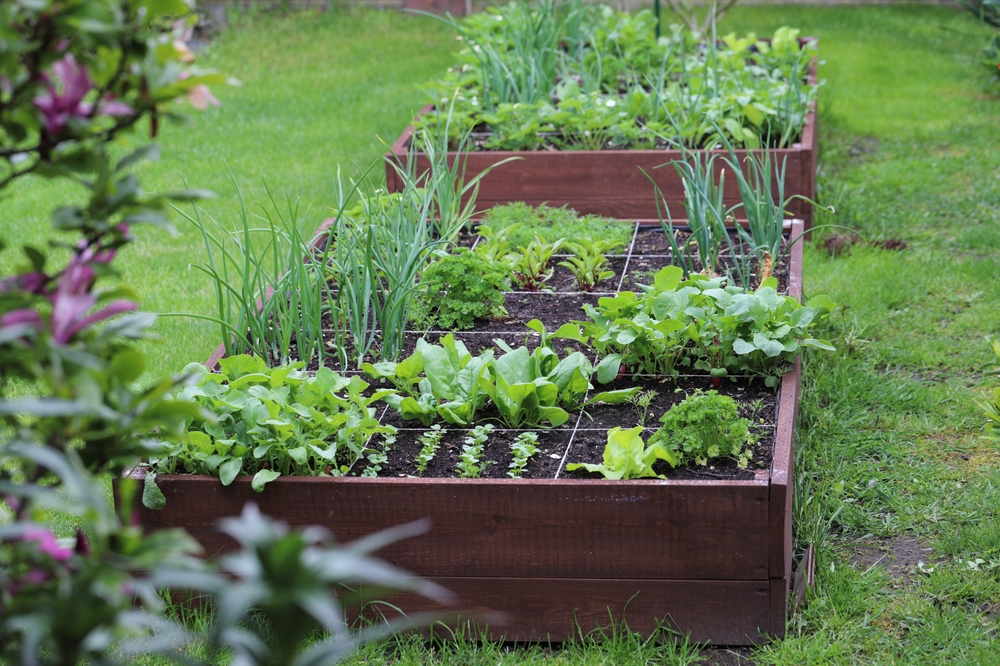
There are a few different ways to arrange your garden. Rows work for bigger spaces, while square-foot gardening helps make the most of small beds. Containers are perfect if you don’t have much room.
Try to keep taller plants from shading out the shorter ones. Group things that grow well together, and keep walkways in mind so you can reach everything without stepping on your plants. A little planning saves headaches later on.
Prepare the Soil
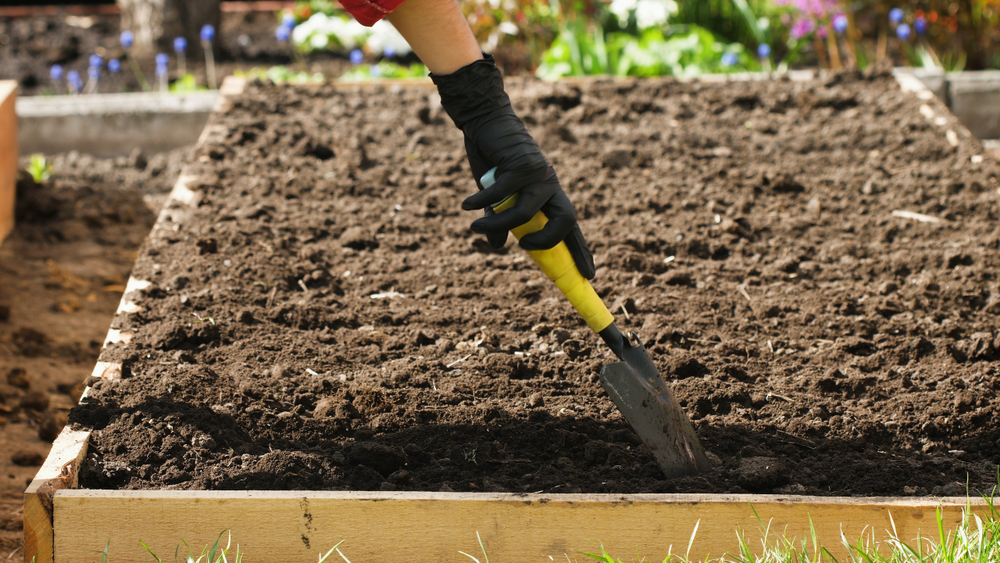
Having good soil preparation goes a long way when it comes to planting. Try to understand what type of soil you have and get a test kit from a garden center to check the pH and nutrient levels.
Mixing in compost and other organic materials can help your soil hold moisture while providing nutrients to your plants. Do your best to make the soil loose and healthy, as it’s one of the most important aspects of a healthy garden.
Choose Between Seeds and Seedlings

Seeds are cheaper and give you more variety, while seedlings are easier if you’re just getting started. There’s no wrong choice here, and it’s mostly about what you’re comfortable with.
Here are a few tips when working with seeds.
- Start them a few weeks before your last frost date
- Give them plenty of light
- Let them adjust to outdoor weather gradually before planting
When it comes to seedlings, you can plant them in the soil directly once the weather is warm enough. Just make sure that you’ve prepared your soil properly before working on it.
Planting Your Garden
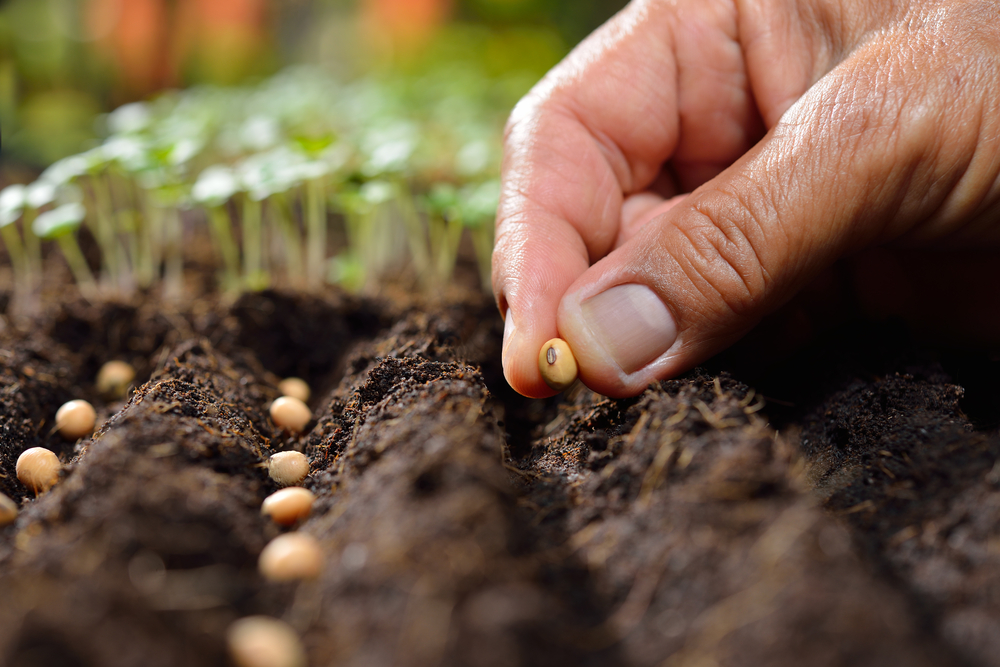
Each plant has its own needs when it comes to spacing and how deep you need to plant them. Check the seed packet or plant tag and follow those directions as best as you can.
Once you’ve got everything in the ground, give it some water. That helps the roots settle in and gets everything off to a strong start.
Watering and Mulching
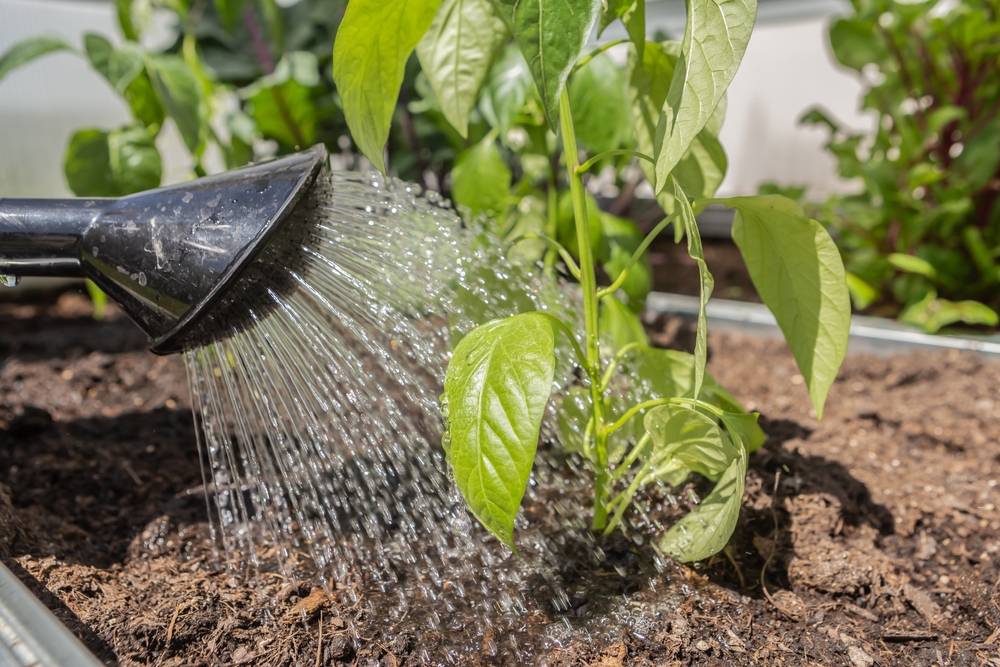
Plants usually need regular watering, especially when they’re growing. A good rule is to water deeply a couple of times a week rather than a little bit every day. Early morning is usually the best time. Just make sure to water depending on the type of soil you have and the plants you’re growing.
Mulch helps more than people realize. It keeps the soil moist, blocks weeds, and even keeps things from getting too hot or cold. Straw, shredded leaves, and grass clippings all work well.
Ongoing Care and Maintenance

A little daily attention goes a long way. Keep weeds from taking over by pulling them when they’re small. Thin out seedlings so each plant has room to grow.
Here are a few more tips to help with your plant care.
- Fertilize according to what each crop needs
- Support tall plants early so they don’t fall over later
- Try keeping notes of planting and fertilizing times
Pest and Disease Management
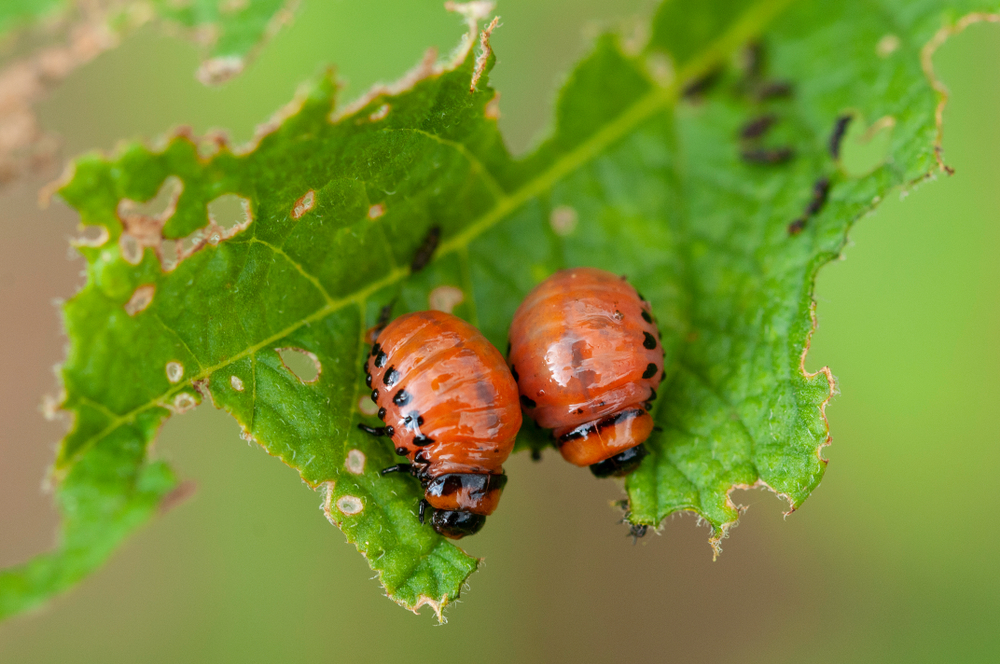
You’ll probably run into a few bugs here and there. The usual suspects include aphids, slugs, and caterpillars. Manually removing them or using natural pest control like neem oil or insecticidal soap can help without harming the good bugs.
Watch for signs of disease like yellowing leaves or strange spots. Pulling a sick plant early can sometimes save the rest of your garden. You can also plant flowers like marigolds or herbs like mint to help keep pests away.
Harvesting Your Vegetables
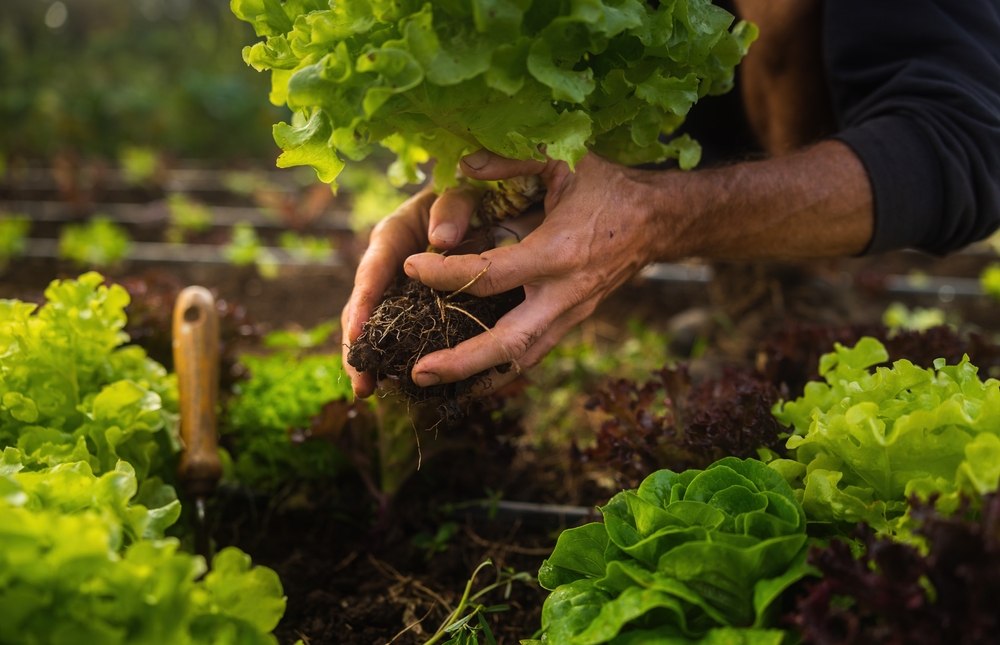
The best time to pick most vegetables is in the morning when they’re cool. Keep an eye on their size and color, as most plants give you a pretty clear sign when they’re ready.
Try to keep these things in mind when harvesting.
- Use clean, sharp scissors or pruners
- Pick often to keep the plants producing
- Store your vegetables right away to keep them fresh
Start small, plant what you like, and don’t stress too much if something doesn’t go as planned. Have fun and enjoy the experience of gardening for the first time
The best way to learn is by doing, and each season teaches you a little more. Before you know it, you’ll be a seasoned gardener in no time.
This article originally appeared on Avocadu.
